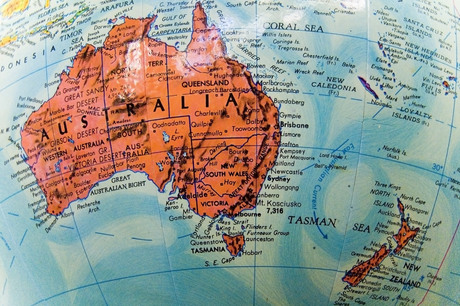Award-winning project puts solar energy on the map

The Australian PV Institute (APVI) has been awarded the National ENERGY GLOBE Award for its development of Australian solar maps and tools.
The project is the result of over three years of collaborative development between APVI, the University of New South Wales (UNSW), SMA Australia and others. With funding support from the Australian Renewable Energy Agency (ARENA), the team has worked to deliver a suite of tools that inform and engage on the uptake of solar around Australia.
The maps provide an interactive platform for mapping current installations around Australia, tracking the real-time contribution of solar energy to the grid and assessing the potential for solar energy production from rooftops. Located at http://pv-map.apvi.org.au, the maps include the following functions:
- The Live Solar PV map uses live data from over 6000 sites around Australia to display real-time energy production from solar PV systems across Australia and how they are contributing to meeting electricity demand.
- The Solar PV Status map provides an interactive guide to the location, capacity and annual performance of PV installations across the country. It provides detail on installed capacity, percentage of households with PV and estimated annual PV production by state, city (local government area) and postcode.
- The Solar Potential tool uses 3D spatial data to allow stakeholders to assess the potential output from PV on urban rooftops. At a city level, insolation maps allow identification of the best roofs, while on a specific roof surface, an estimate of annual electricity generation, financial savings and emissions offset from installing solar PV can be obtained.
- The Solar Animation provides a visualisation of the rollout of solar across Australia from only 10 MW total in 2007 to close to 3.6 GW in mid 2014.
- Market analyses and postcode data keep track of the progress and impact of the technology.
Lead researcher Dr Anna Bruce, from UNSW, said the data generated from the project “demonstrates how solar is contributing to the electricity grid and the impact it is having on reducing loads during peak times”. The team expects this data will “give electricity operators, the solar industry and government more options for delivering energy services to customers in the future”, Dr Bruce said.
ARENA CEO Ivor Frischknecht noted that APVI’s online maps and tools have attracted nearly 25,000 unique visits to the website since its launch in 2014. He said, “By showing the successful deployment of solar in distributed generation, the APVI solar mapping tools can inform discussion, investment and planning, and ultimately drive further investment in solar photovoltaics (PV).”
The project has now put the APVI in the running for the 2015 International ENERGY GLOBE Award, which recognises outstanding sustainable best-practice projects worldwide. The launch of the award is currently planned to coincide with the United Nations World Environment Day.
Fluoride boosts water-processed perovskite solar cells
Queensland University of Technology has developed a water processing method to fabricate more...
Multibuild solar installation delivered at City of Playford
Trinasolar partnered with Venergy Solar to deliver a multibuild solar installation across the...
Oracle assists major distributor in clean energy transition
Essential Energy, an electricity distributor in Australia, is said to have modernised its...










